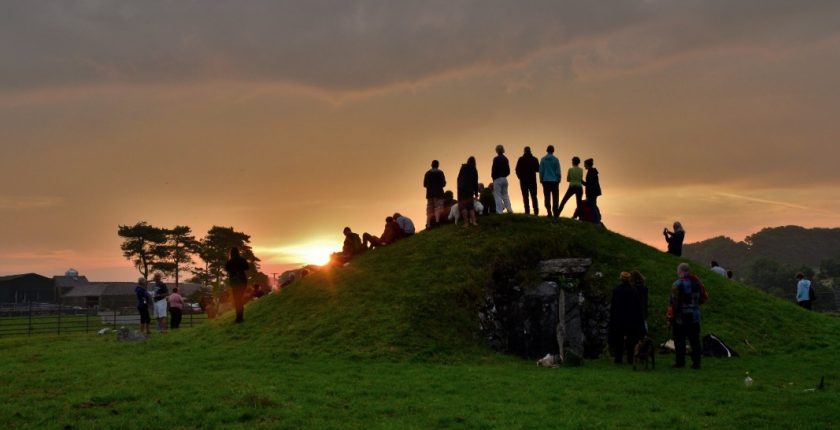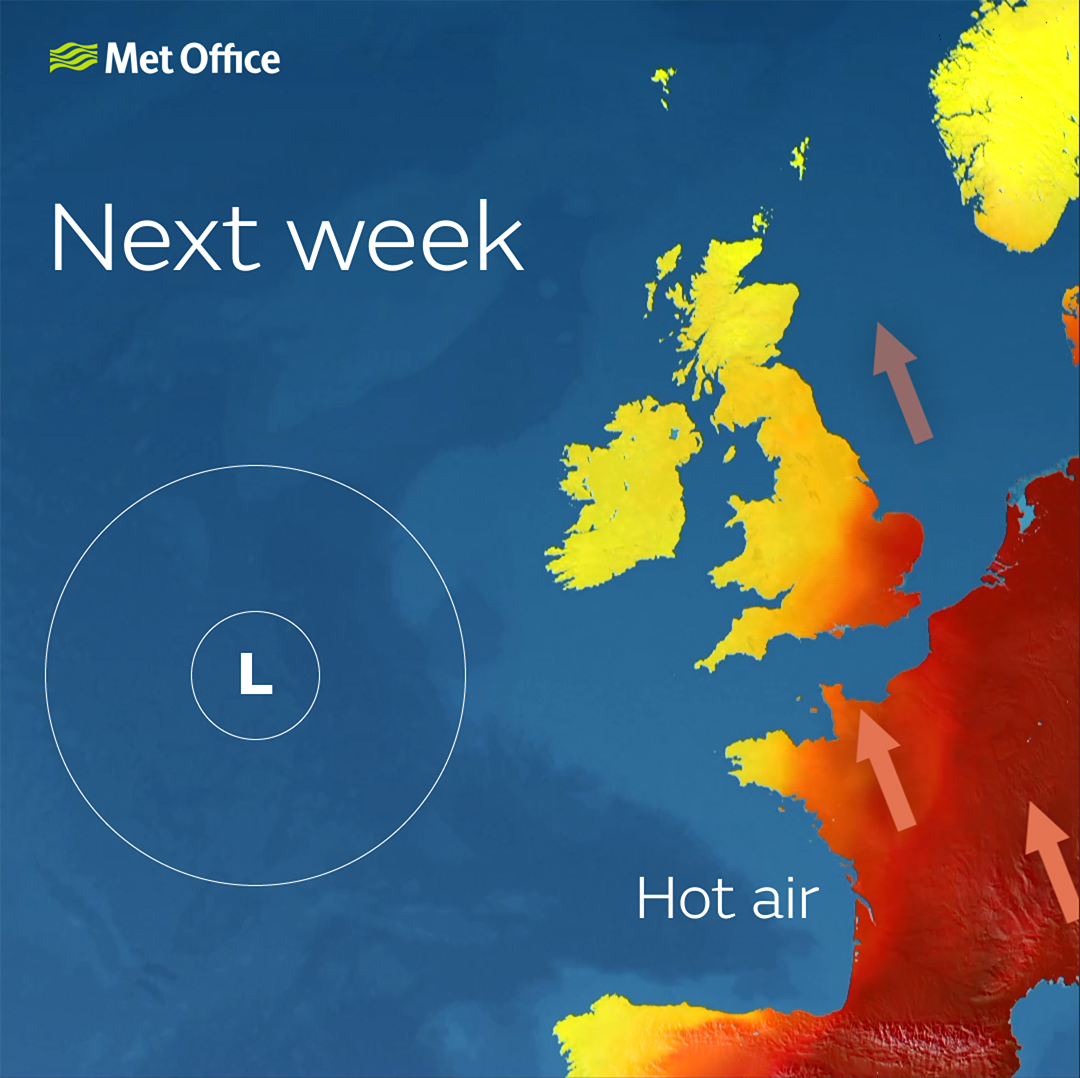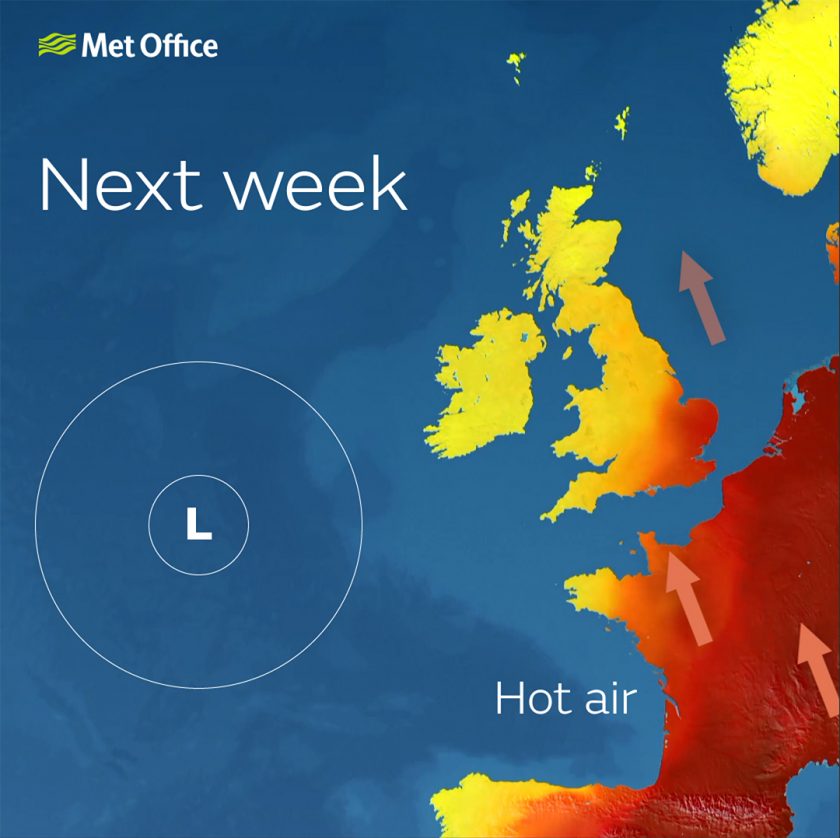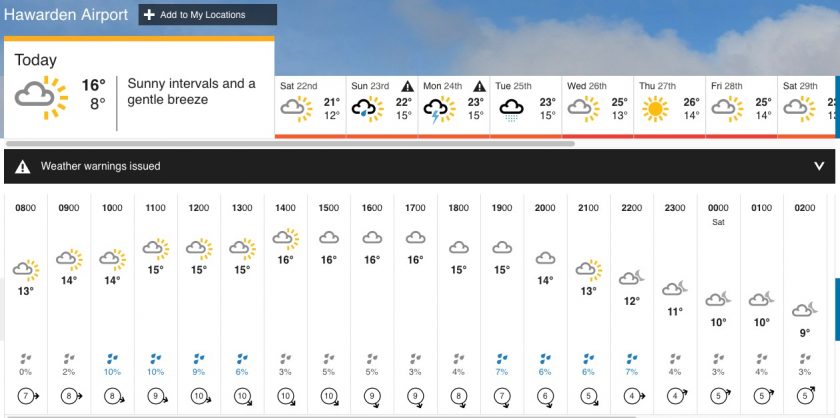Solstice – Longest Day – Yay Summer Is Here – Astronomical Summer That Is …

There are two definitions of when summer starts, these depend on whether you are using the meteorological or astronomical definition of the seasons
Meteorologists define seasons based on climatic conditions and the annual temperature cycle.
It is important for them to be able to compare the same period of time in different years.
@wrexham @FlintshireSkies @DeesideDotCom @ruthwignall solstice blessings from Hope Mountain pic.twitter.com/ISvjxuQ2sn
— Lesley Kenton (@LesleyKenton) June 21, 2019
In most of the Northern Hemisphere meteorological summer is generally defined as the three months of June, July and August, with the season starting on June 1 and ending on August 31.
Today is the summer solstice – a term derived from Latin and means ‘the sun stands still’ – it marks the start of the astronomical summer and is the longest day of the year.
The sun rose in Flintshire at 4.45am and will set at 9.43 pm – from Saturday days will get shorter through the summer.
The astronomical summer lasts until the autumnal equinox, which this year lands on Monday 23 September.
Oh no we need to raise the 🚨There is a strange orange thing seen in the sky surrounded by blue and some white spotted in Flintshire!
I heard of it once I think, it seems so long ago! @DeesideDotCom @DerekTheWeather #pleasestaysummer pic.twitter.com/B6b2As2XSh— Gordon Rodger-Burns (@gsrodger) June 21, 2019
The astronomical calendar determines the seasons due to the 23.5° tilt of the Earth’s rotational axis in relation to its orbit around the sun. Both equinoxes and solstices are related to the Earth’s orbit around the sun.
Solstices and equinoxes are considered to be the astronomical transition points between the seasons and mark key stages in the astronomical cycle of the earth.
In a year there are two equinoxes (spring and autumn) and two solstices (summer and winter).
Little stroll up #MoelFamau to start my Friday! 😎👍🏻 pic.twitter.com/kYWRNQqRBj
— 🏴Steve Roberts🏴 (@SteHolywell) June 21, 2019
The dates of the equinoxes and solstices aren’t fixed due to the Earth’s elliptical orbit of the sun.
The Earth’s orbit around the sun means that in early January, the sun is closest (known as perihelion) and in early July it is most distant (aphelion).
Summer weather?
Summer, if defined meteorologically – began at the start of June – has been a washout with cooler than average temperatures.
However, there are strong signals for a change to hot and humid weather for parts of the UK from Monday, along with the risk of thunderstorms. According to the |Met Office.
High temperatures are expected to develop across parts of western Europe next week, with the possibility of near record-breaking June temperatures in countries including France, Germany and the Netherlands.
As low pressure develops to the west of the UK by the end of this weekend, the warm air from Europe will be drawn towards the UK, allowing temperatures here to rise.
Thunderstorms and heavy rain will develop and the Met Office has issued National Severe Weather Warnings for England and Wales – including Flintshire – on Sunday and Monday.
Deputy Chief Meteorologist at the Met Office, Laura Ellam, said: “High pressure will bring a brief spell of warmer, drier and sunnier weather this weekend. However, as low pressure re-establishes later on Sunday, we’re going to see a return to the heavy rain and thunderstorms we’ve seen so far this June.
Rather than the recent cooler conditions, it’s going to feel much warmer and humid.”
“Whilst it will feel warmer for everyone in the UK next week, parts of southern and eastern England will see the hottest weather with temperatures here into the high 20s Celsius, possibly exceeding 30 Celsius at the peak of the heat by Wednesday or Thursday.”


Discussing the risk of thunderstorms, Laura continued: “With this hot and humid weather there is the potential for severe thunderstorms developing, bringing the risk of torrential downpours, hail, flash flooding and gusty winds.”
“We are carefully monitoring the situation and will update any National Severe Weather Warnings as confidence in where the greatest impacts from the thunderstorms and heavy rain increases.”

Feature Image – Summer Solstice in Angelsey 2015 – Picture Anglesey Druid Order
Spotted something? Got a story? Email: [email protected]
Latest News
